When it comes to the human visage, “taking things at face value” is more than just a turn of phrase. In fact, sometimes more so than their words or actions, we base a lot of our judgments of people, their character, their intentions, their mood, by the expression of their face.
One of the first things a baby learns to recognize in its early visual development is the human face. It’s no surprise that as adults the variations of facial features and the good or bad associations that accompany them have a deep and powerful effect on how we conduct and perceive our social interactions.
Perhaps this is why faces are such a popular subject among artists. We are conditioned to read so much into what seems a simple arrangement of eyes, mouth and nose that even the most subtle details can convey a world of emotions to us, and even suggest personal history without placing the subject in any context that would give away who they are, when or where.
From likenesses of the heads of noteworthy people cut off at the shoulders in sculpture, in profile on currency and cameos, to the common school yearbook or passport photo, portraits appear in all walks of life and historical periods and seem to insist that a sufficient representation and proof of who we are can exist seen from only the neck up.
Maybe they’re right. Sometimes viewing a work of art can be like having a silent conversation so engaging it seems nothing else exists beyond it or needs to. This is especially true in the case of portraits. We encounter someone we’ve never seen before and just one look at their face is enough to feel we’ve known them all our lives.
Brian Sylvester is a guest blogger on WallSpin, and an artist on Zatista.
Related articles
- Featured Artist Interivew: Deanna Fainelli (zatista.com)
- Shades of Gray (zatista.com)
- Small (Think Nano) Art (zatista.com)



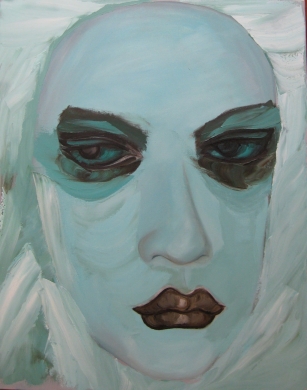
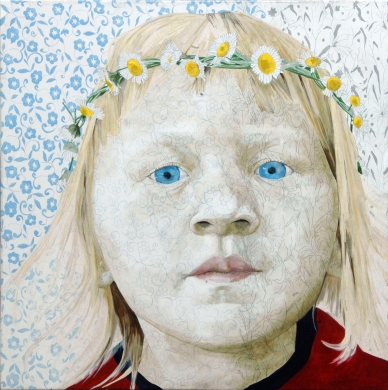

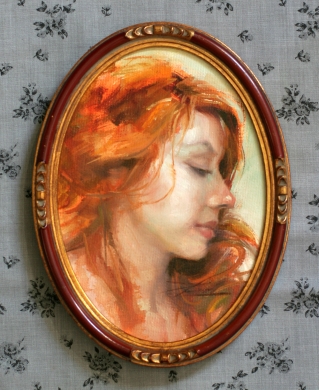
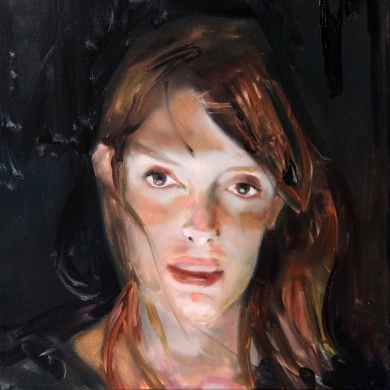
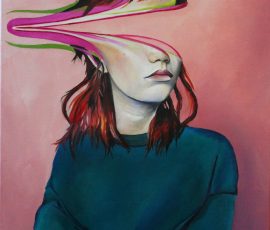

Comments (0)